GARFIELD
Resiential Design
Team: Lorena Garcia and Alyson Mello
Construction: Alejandro Armas
Nov 2022
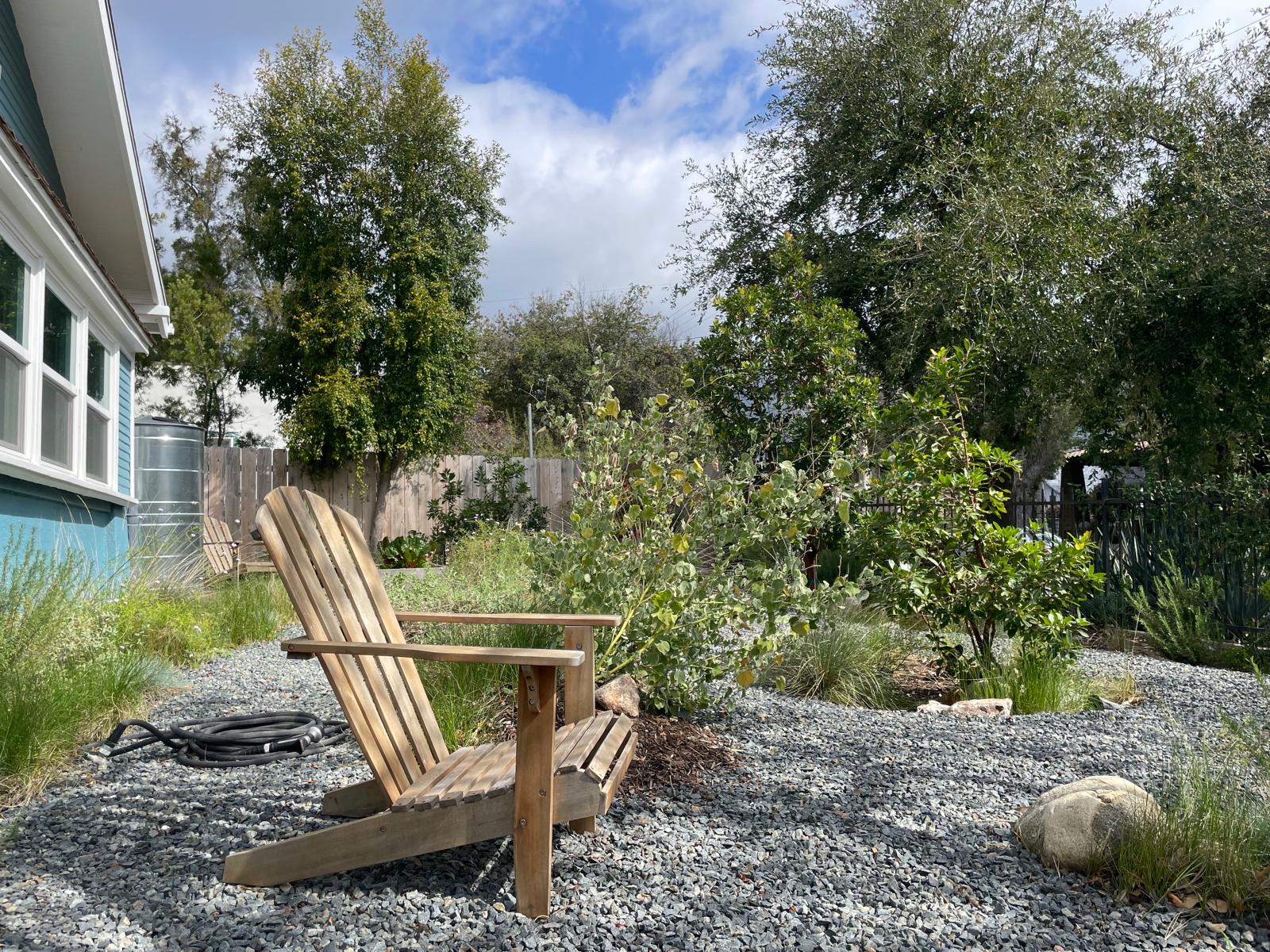










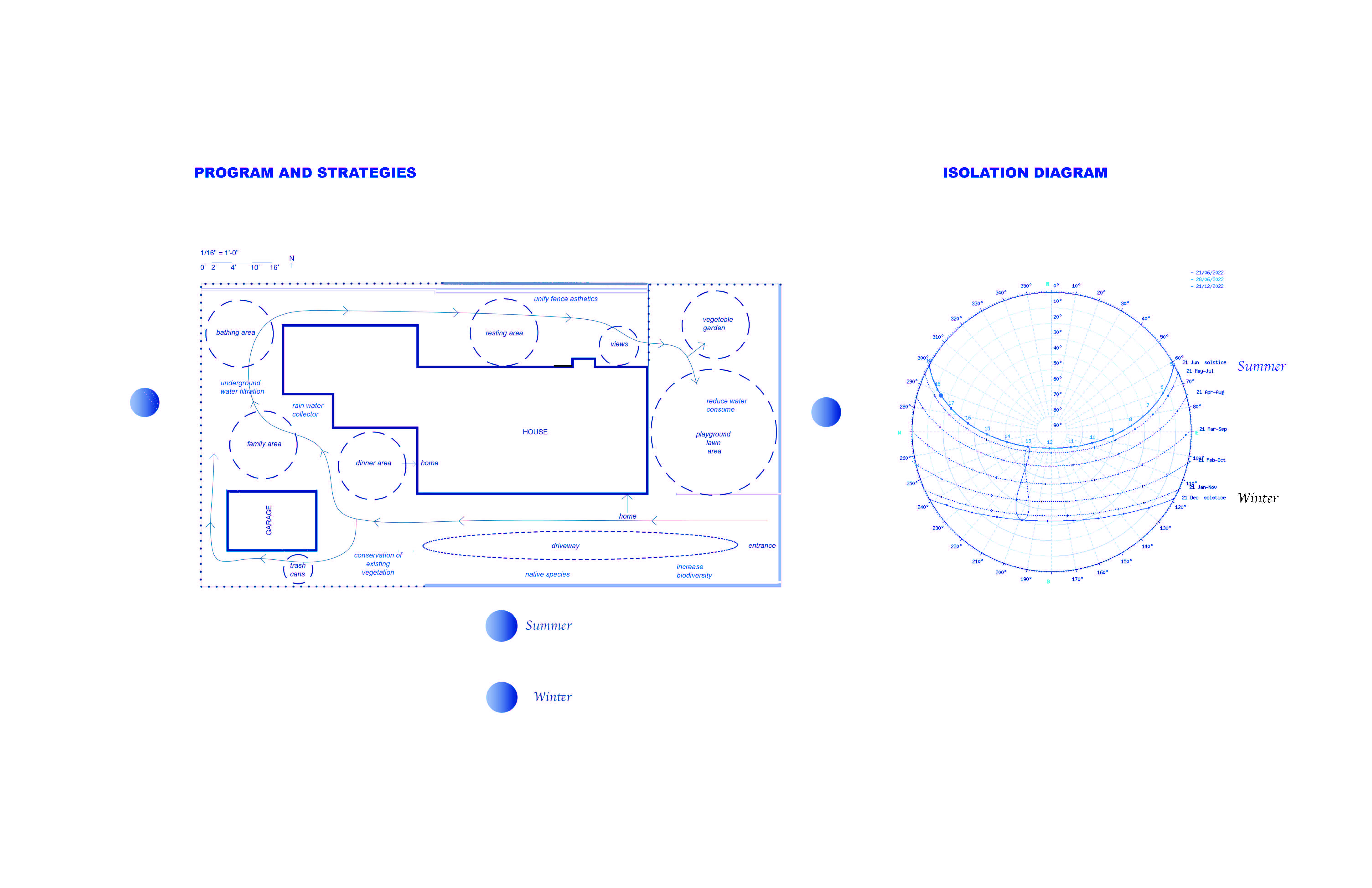

VDO II
location: Pacific Palisades, Los Angeles, CA
type: commission
size: 1.500 sq ft
client: private
status: finished
year: 2017
construction: German Quiles
landscape: Lorena García
Photos: Jacobo Campos, Eric Uguet, Lorena Garcia










THE ECOLOGICAL MOSAIC
Exploring Interconnections in the Natural World
Lecture for the Assistant Professor position at Cal Poly Pomona
Feb, 2023
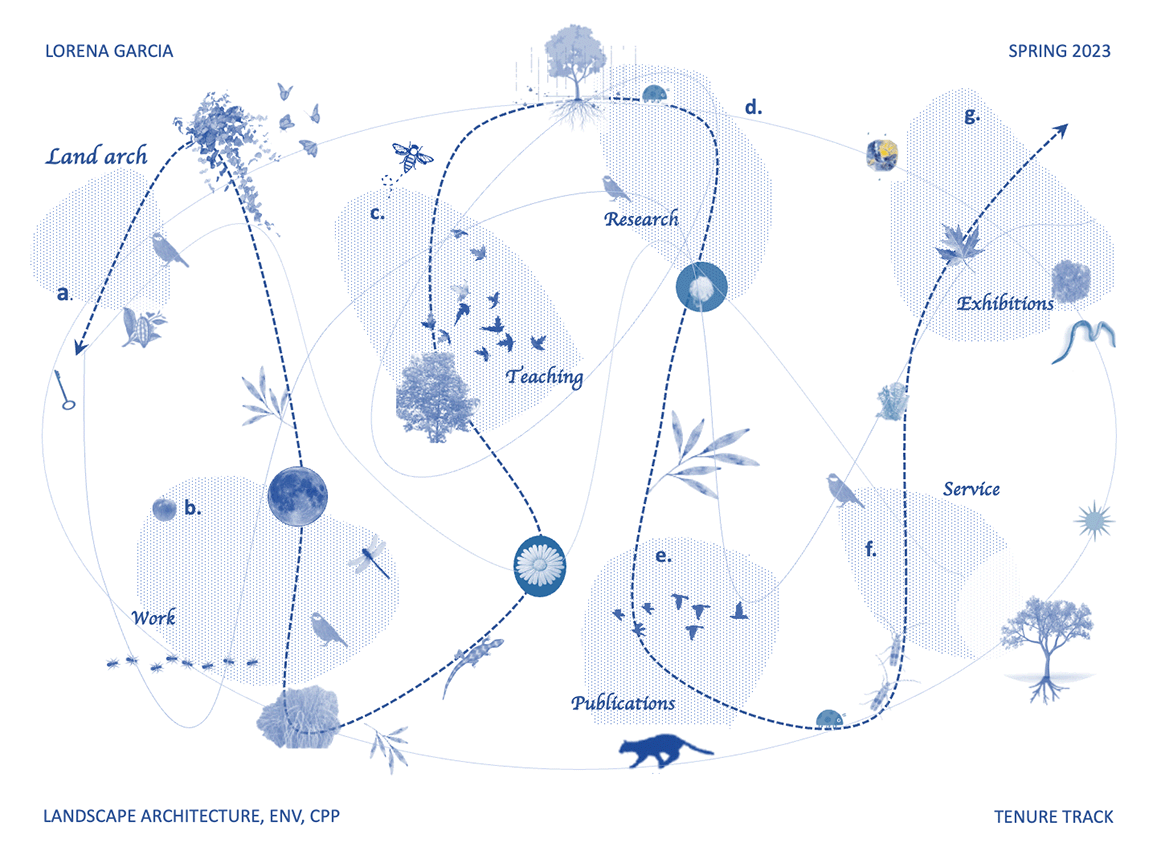
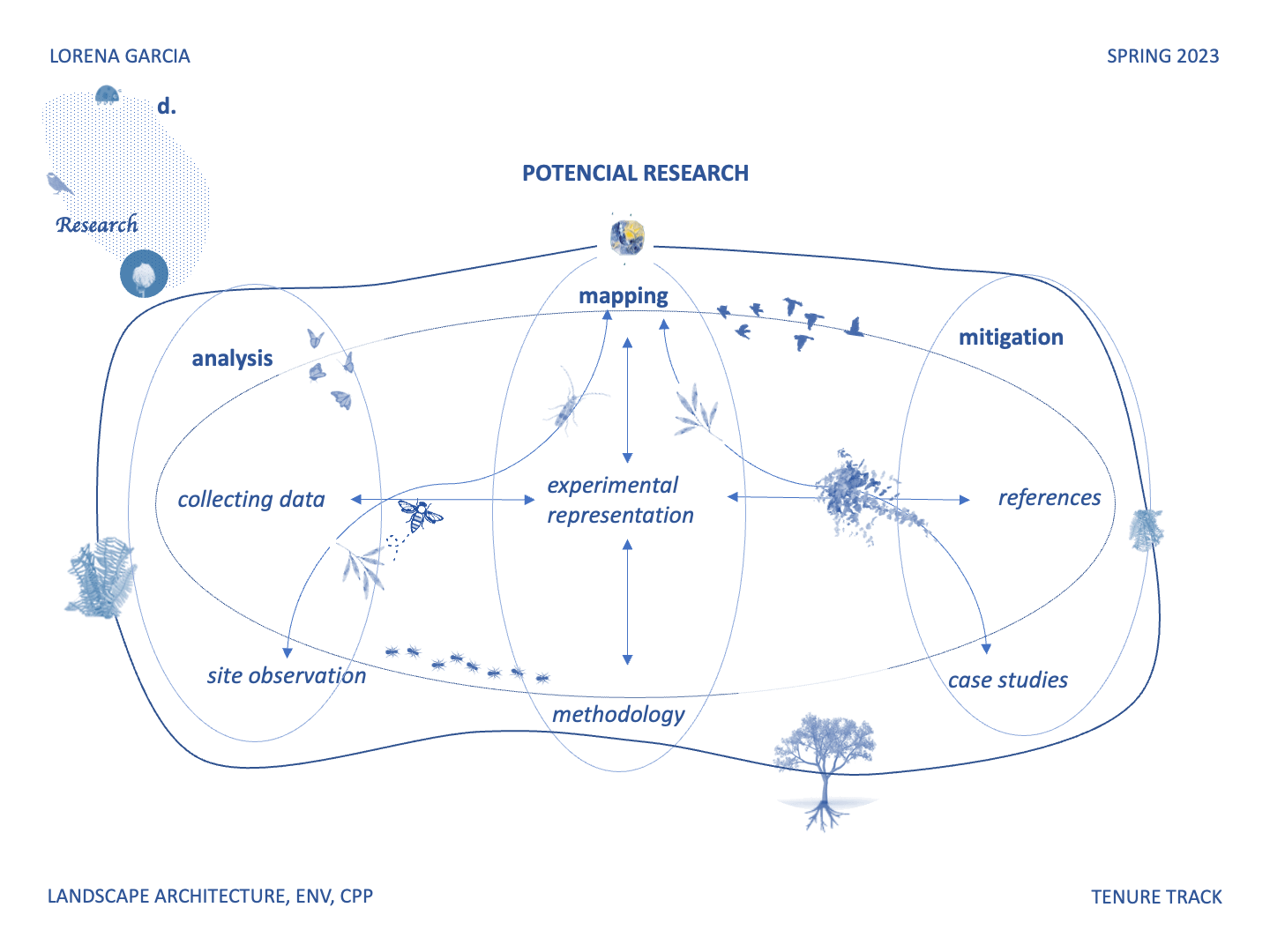

MUSEO REINA SOFIA
Analysis and Master Plan for the Patio de Sabitini
location: Madrid
year: 2019
Lead by: Elisa Rodriguez Laval
Team: Lorena García, Andres Perez, Miriam Rodriguez Peña, Hector Díez de Miguel


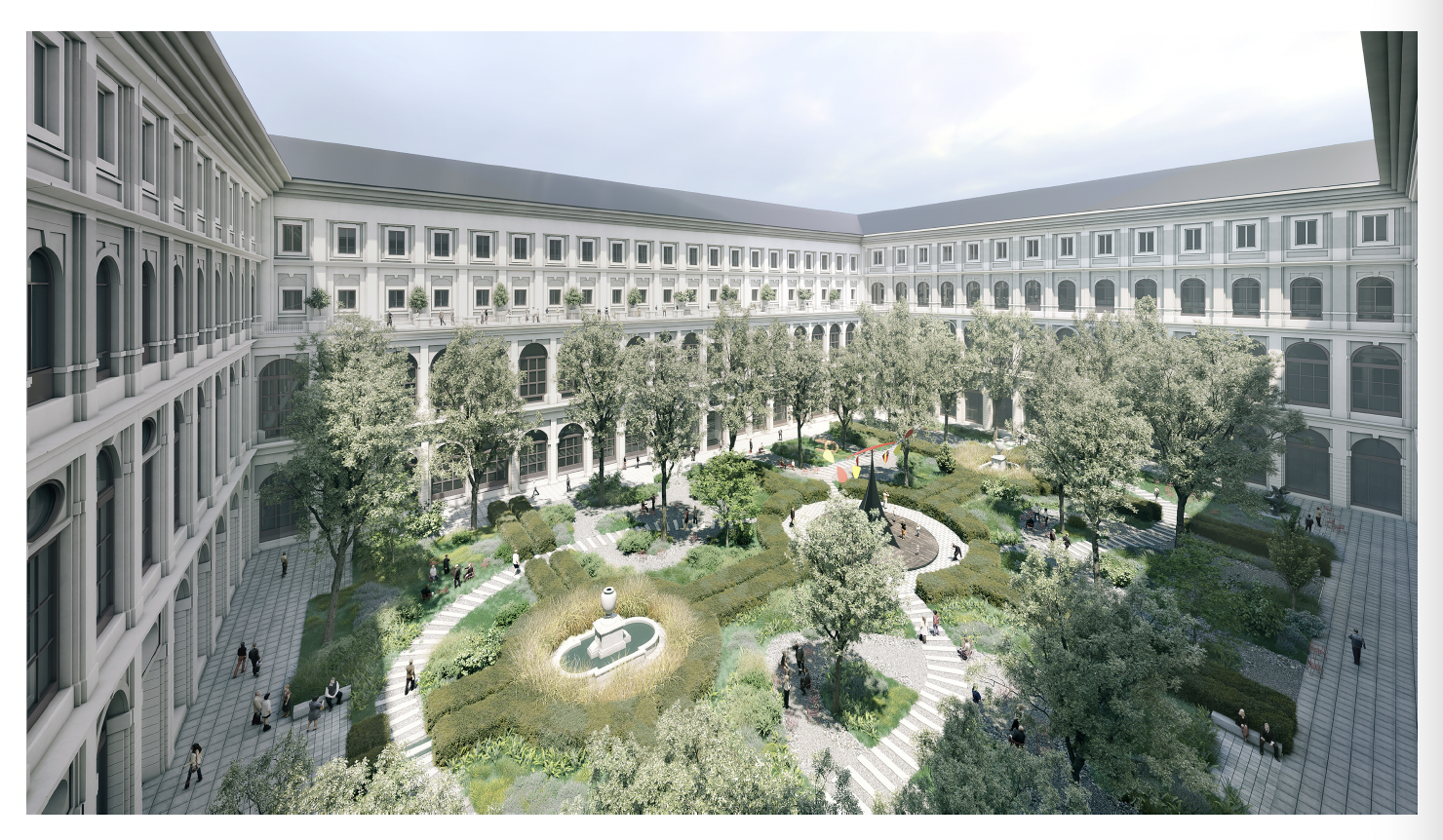
UNKNOT
Competition for Craft Museum Summer Pavillon, Los Angeles
Finalist
Team: Monica Lamela, Lorena Garcia, Gabriela Alvarez, Sofia Betancur
Sept, 2024

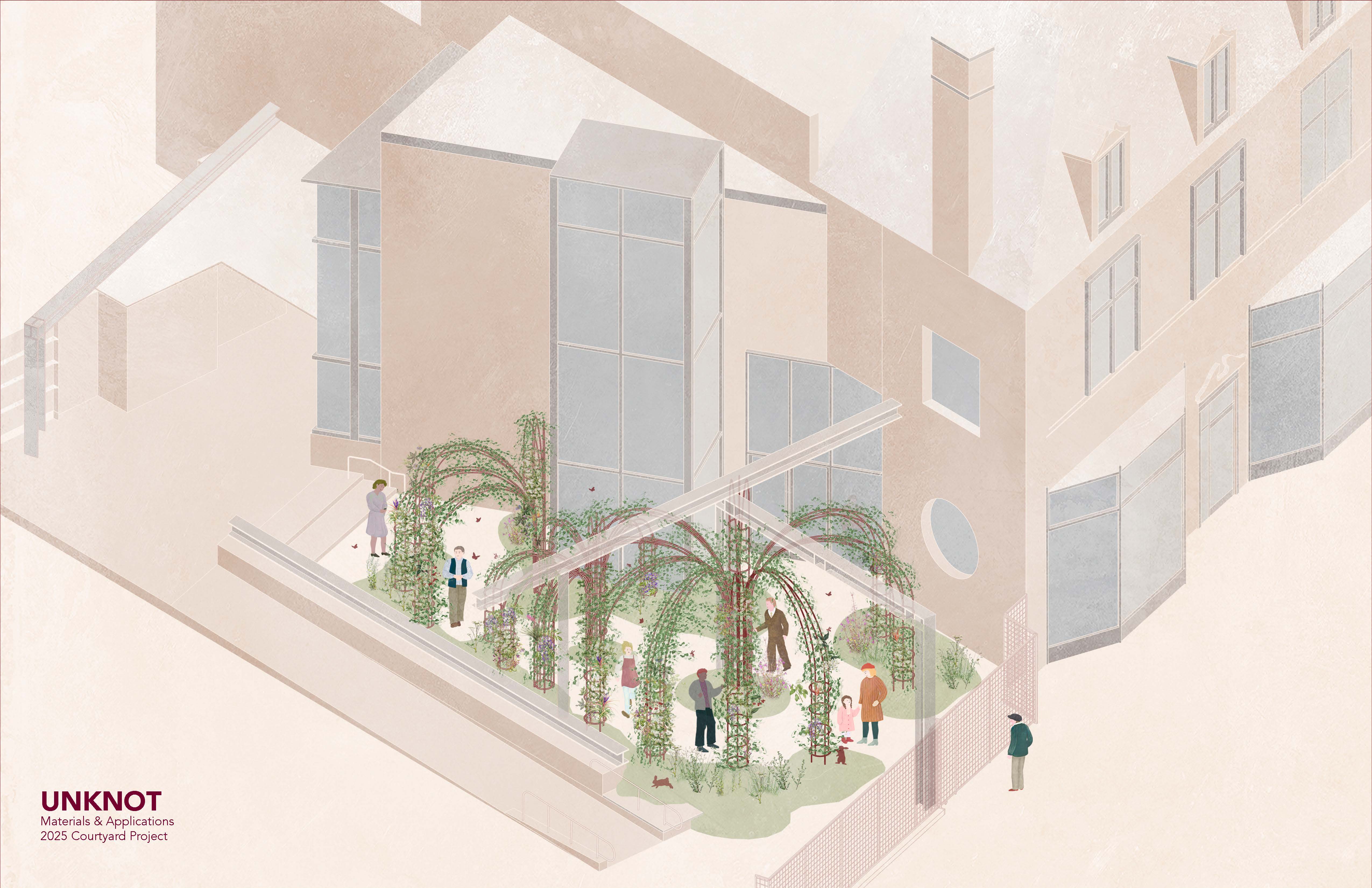



ODD-LAND
| Competition for the Architekturwoche Basel 2024, Switzerland. Selected for exhibition an publication |
Team: Monica Lamela and Shilpa Mevada
March 2024

IN.MEMORIAL.
2020 SUMMER EXHIBITION FOR LOS ANGELES FORUM FOR ARCHITECTURE AND URBAN DESIGN
EVERY. THING. CHANGES
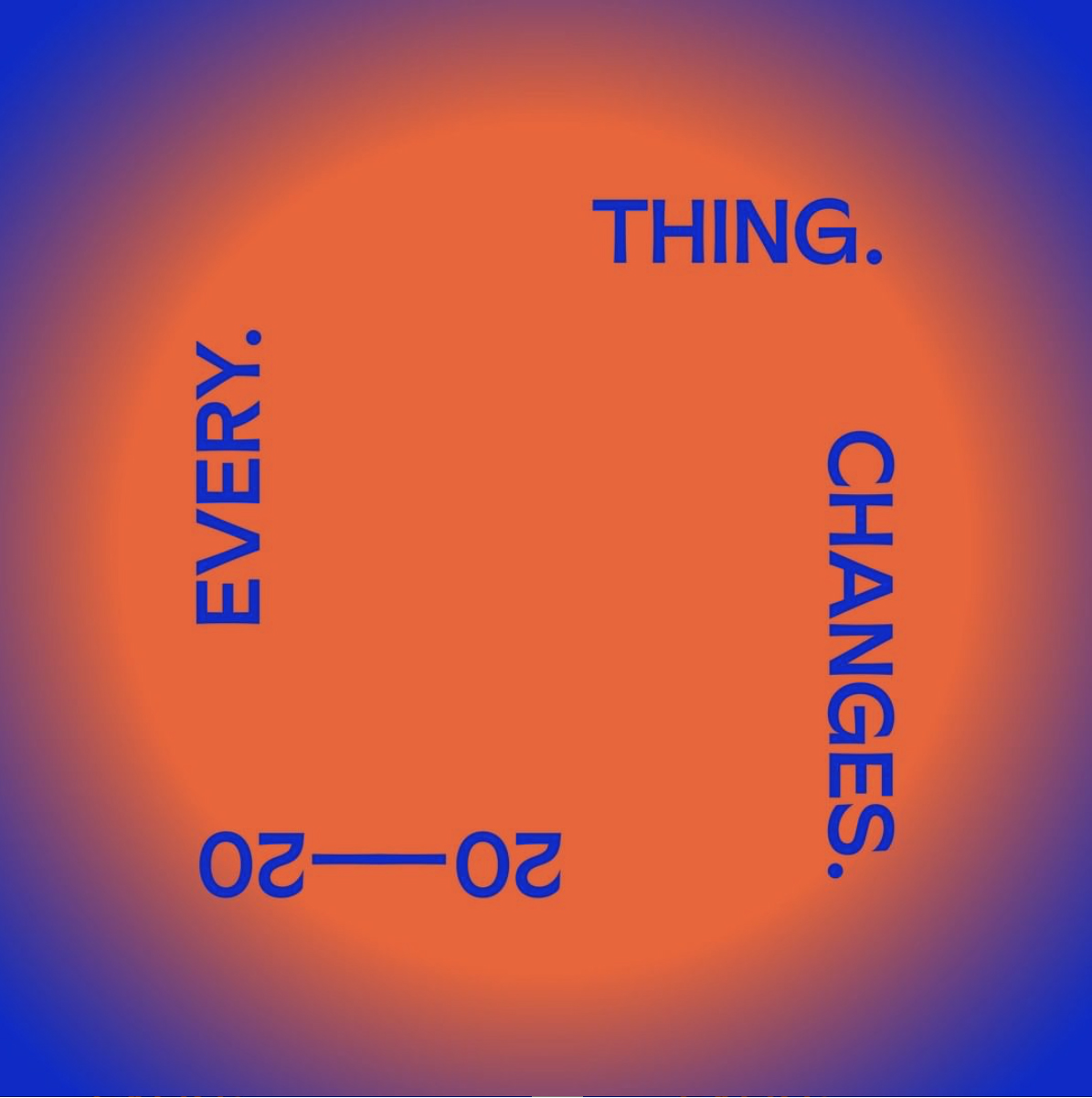
https://everythingchanges2020.org/Lorena-Garcia
http://laforum.org
IN.MEMORIAL. is a series of vases as street objects for people to present tributes
to their memories, beloved ones, or historic events.
The project is composed of 14 pieces made by using a technique called coiling --
an ancient method to shape clay into vessels. The gestural contours and freewheeling,
robust shapes are inspired by organic outlines of human body and nature, reflecting
the influence of Valentine Schlegel among other ceramists from the 1950s.
These vases are an invitation to the community to rest their memories in the city,
placing flowers to honor their lives and universal feelings concerning public tragic
events. The installation is accompanied by three collages and a visual piece in which
Lorena, starting from Viva´s experiences, navigates through her own map of memories,
along with visions of vases splashed throughout the urban grid, and following the
hypnotizing tunes by Cameron Stallones/Sun Araw.
To my grandmom. To all the people who have lost their lives due to the pandemic and
police brutality. RIP.



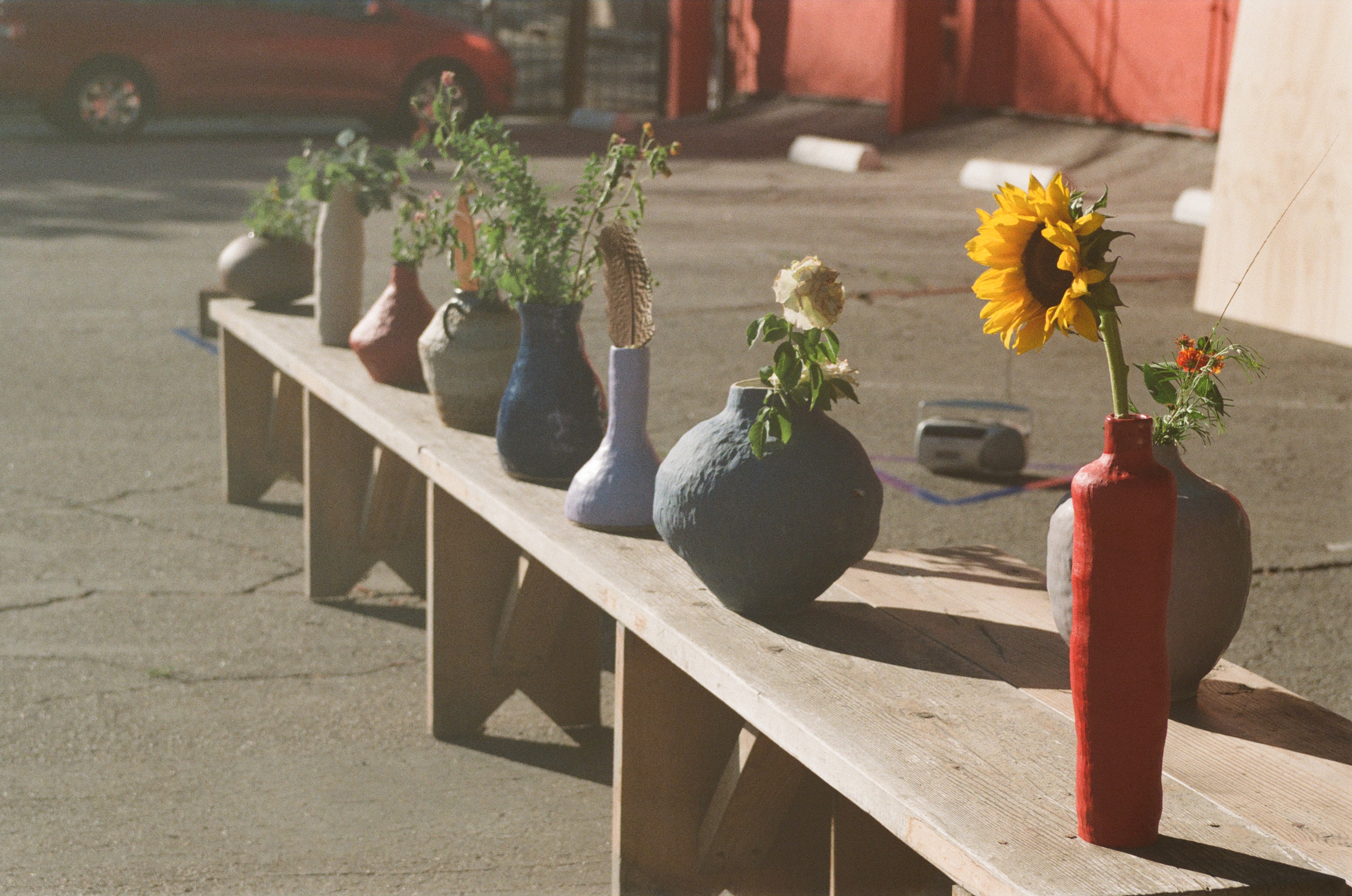



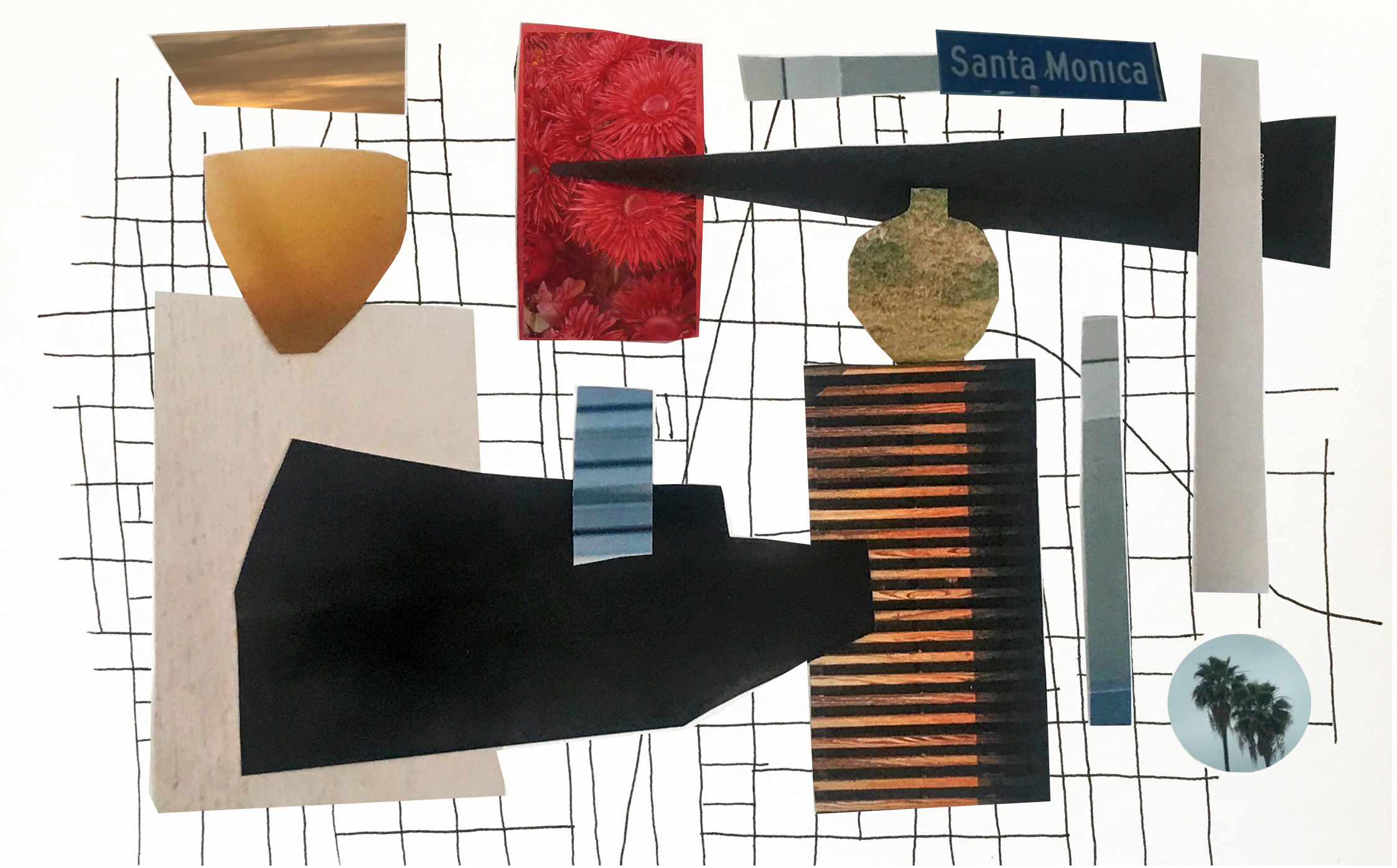




BOSQUE ISLA
location: Centro de interpretación de Nuevo Baztán
type: commission
client: private
status: finished
year: 2021
artist: Irene de Andrés
landscape: Lorena García
Photos: Lola Iglesias, Lorena Garcia
La Comunidad de Madrid presenta la cuarta edición de Mutaciones- Intervenciones artísticas
en museos, un programa que fomenta las prácticas artísticas actuales a través de la
investigación y reflexión en torno a los museos históricos gestionados por el Gobierno
regional.
Entre el 14 de mayo y el 25 de julio de 2021, la Casa Museo Lope de Vega (Madrid),
el Centro de Interpretación de Nuevo Baztán, el Museo Picasso-Colección Eugenio
Arias (Buitrago de Lozoya) y la Casa Natal de Cervantes (Alcalá de Henares)
amplían su discurso museográfico al acoger las obras site specific de cuatro artistas
que han trabajado teniendo en cuenta el contexto local, la historia y los públicos de
cada sede.
Comisariada por Lola Iglesias, la edición 2021 de Mutaciones recibe el título "Una
conversación sensible al poder". En ella participan Irene de Andrés, Olmo Cuña, Fernando
García Dory / INLAND y Clara Sánchez Sala. Esta propuesta toma el nombre de una frase que
la experta en estudios culturales y feministas, Katie King afirmaba a finales de los ochenta: “El
conocimiento racional es una conversación sensible al poder”. A través de las artes plásticas
cuatro artistas amplían los discursos museográficos de cada sede con sus obras: generan
microrrelatos que establecen “conversaciones sensibles” con las narraciones de cada museo,
enriqueciendo el discurso oficial.
Irene de Andrés (Ibiza 1986), ha proyectado para el Centro de Interpretación de Nuevo Baztán
(el primer municipio preindustrial de España) una instalación escultórica con una muestra
de la vegetación de los alrededores del arroyo Vega, cuyo cauce fue determinante para la
fundación de este conjunto histórico. Bosque-isla propone una nueva perspectiva, lúdica
y sensorial, sobre la idea de jardín y paisaje a través de la puesta en valor de la genista
o el coscojo, entre otras plantas autóctonas. Colabora PuenteAlameda.
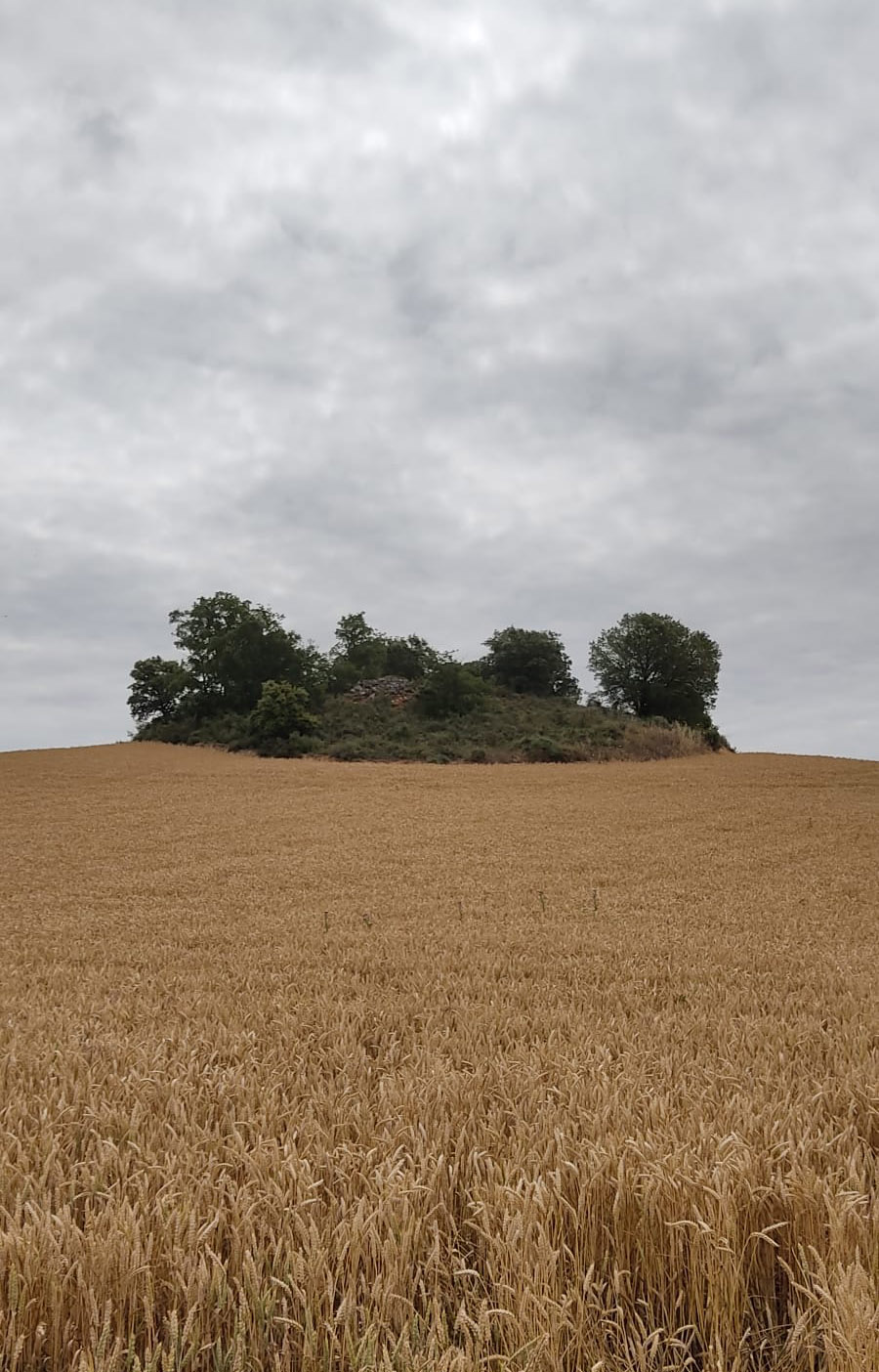


GROUND-UP
In. Memorial featured in Ground Up Magazine issue #BREATH
GROUND UP is the award-winning graduate student journal of the Department of
Landscape Architecture & Environmental Planning at UC Berkeley.
#2022
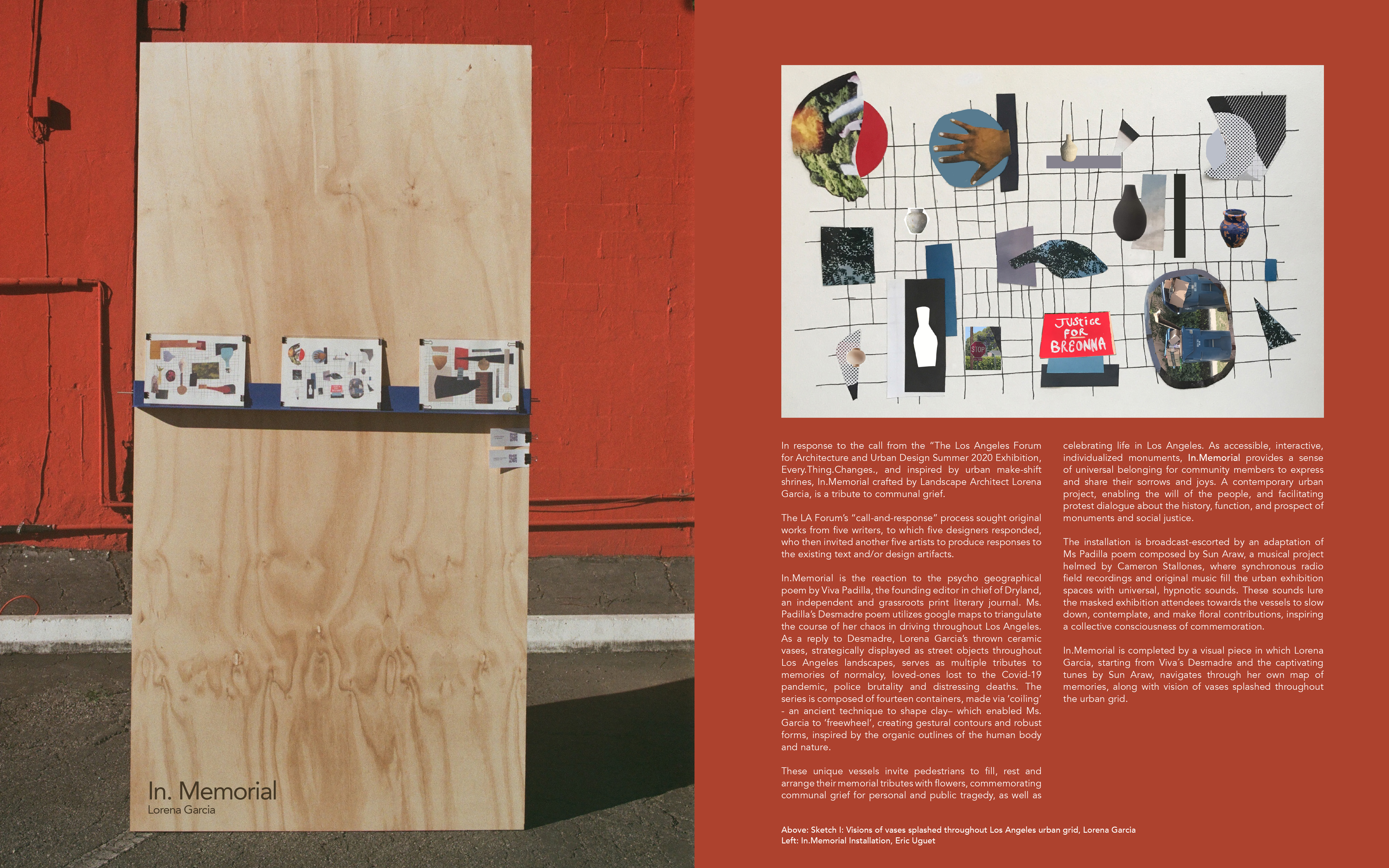
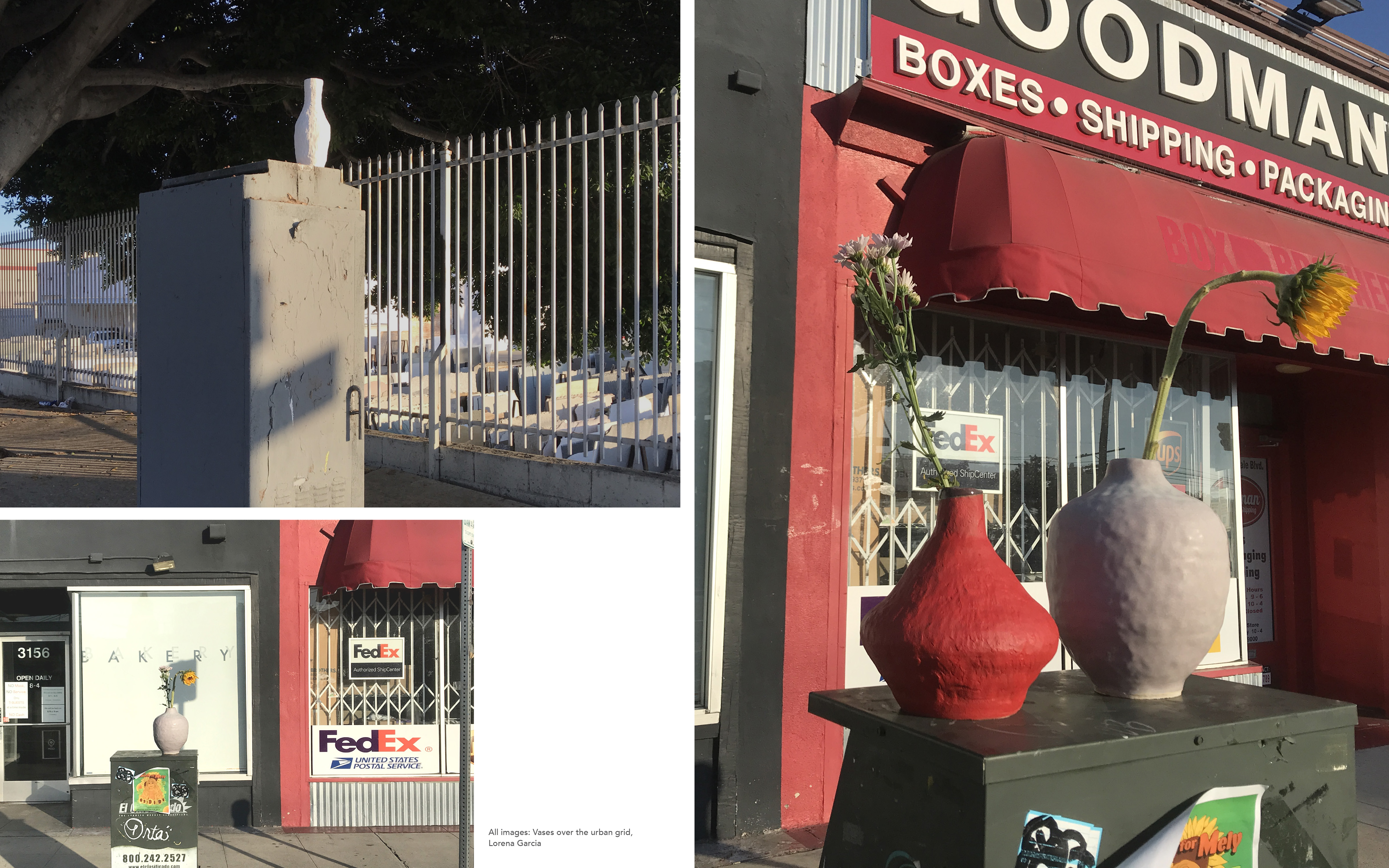
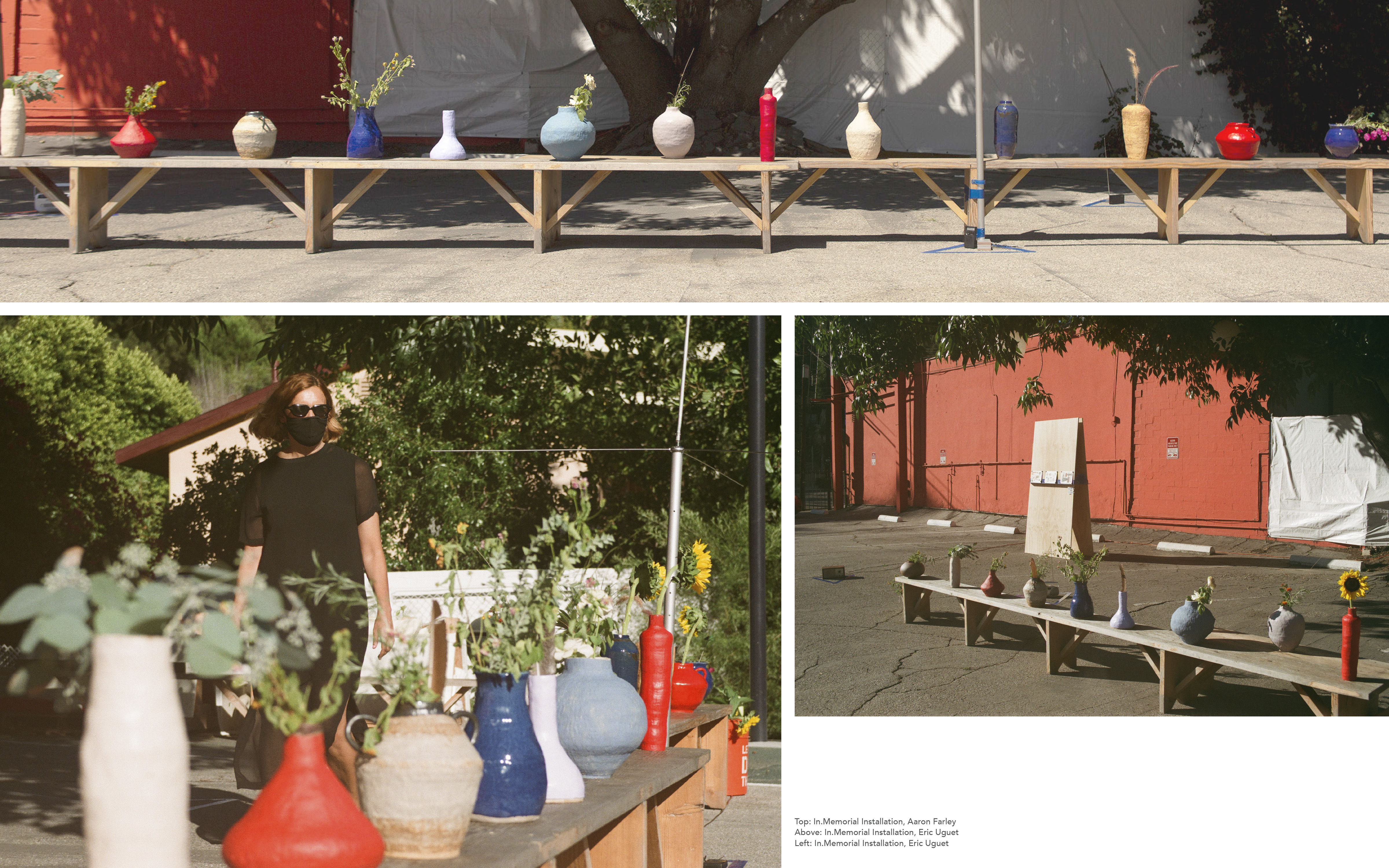
PARÁMETROS DEL JARDÍN ESPAÑOL: NATURALEZA, PAISAJE Y TERRITORIO
Dir and Edit: Ana Luengo and Coro Millares
Author: VV.AA
Technical support: Lorena García
Edited by: Ministerio de Cultura, Madrid, España, 2007
In the twenty-first century, human being must recognize that mythical nature which subjugated
their life no longer exists. Nature is no longer dangerous: it is in danger. His defense goes beyond the
mere restoration of their functions as an ecosystem, but should include the original aesthetic dignity
that gave the landscape. The real purpose of this publication is to understand and explain the art
of landscaping as a synthesis of a cultural moment that goes back to the beginnings of humanity.
Language: Spanish


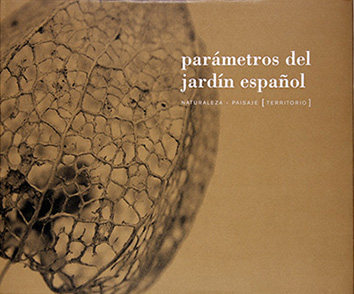
LOS PAISAJES CULTURALES PATRIMONIO DE LA HUMANIDAD /
WORLD HERITAGE CULTURAL LANDSCAPE
Dir and Edit: Ana Luengo
Author: VV.AA
Coordination: Lorena García
Edited by: UNESCO and Elche City Hall, in Madrid, España, 2011
A complete analysis of the World Heritage cultural landscapes declared until 2010.
Language: Spanish/ English
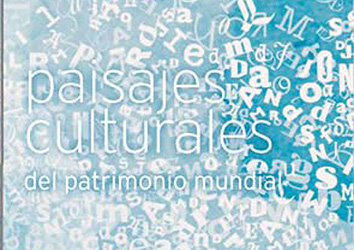



///////////////////////////////////////////////////////////////////////////////////////////////////////////////////////////////////////////////////////////////
MADRID-LOS ANGELES
2 cities.
7 artists- 3 in Madrid, 4 in Los Angeles-.
Same Kodak disposable camara.
Same week at the end of April.
A comparative between urban green.
Color.
Texture.
Daily Use.
Pics by Antonio Castro, Antia Moure, Dana Funaro, Eric Uguet,
Jorge F de la Fuente, Lorena Garcia, Nicolas Fuster.
Textos by Andrés Perez and Lorena Garcia.
Cover by Antia Moure; Back cover by Dana Funaro
Design by Lorena García;
Published by PUENTEALAMEDA, Los Angeles, CA, 2014. #30 copies
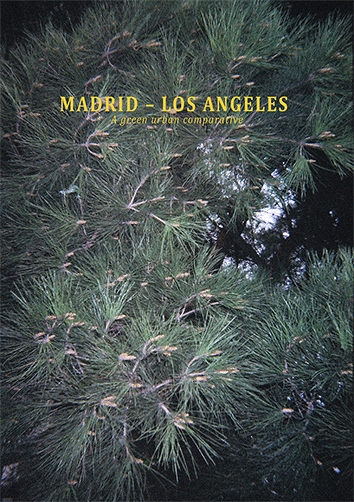
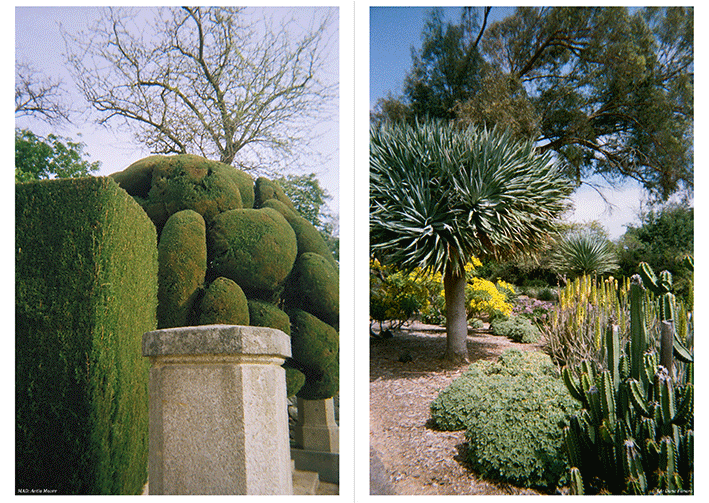
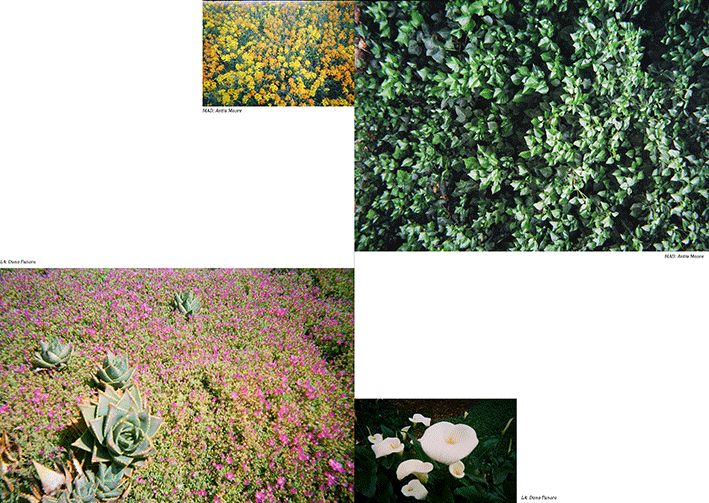


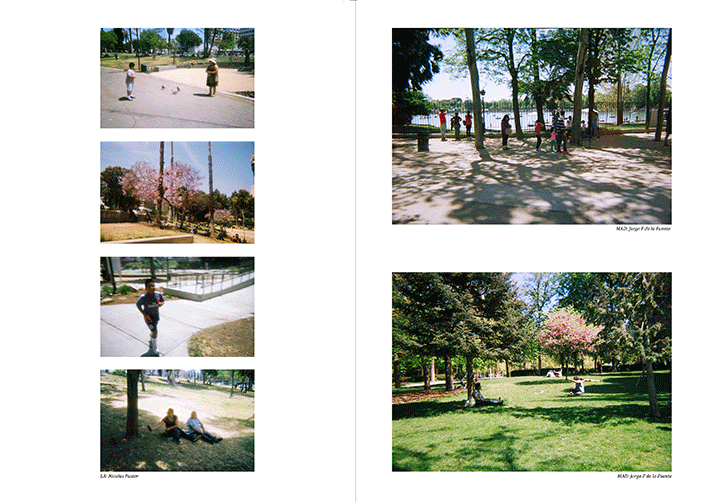

GARDENING ︎
A compilation of sketches of residential gardens in Los Angeles, CA
Publyshed by PuenteAlameda. Los Angeles, summer 2016. #20 copies

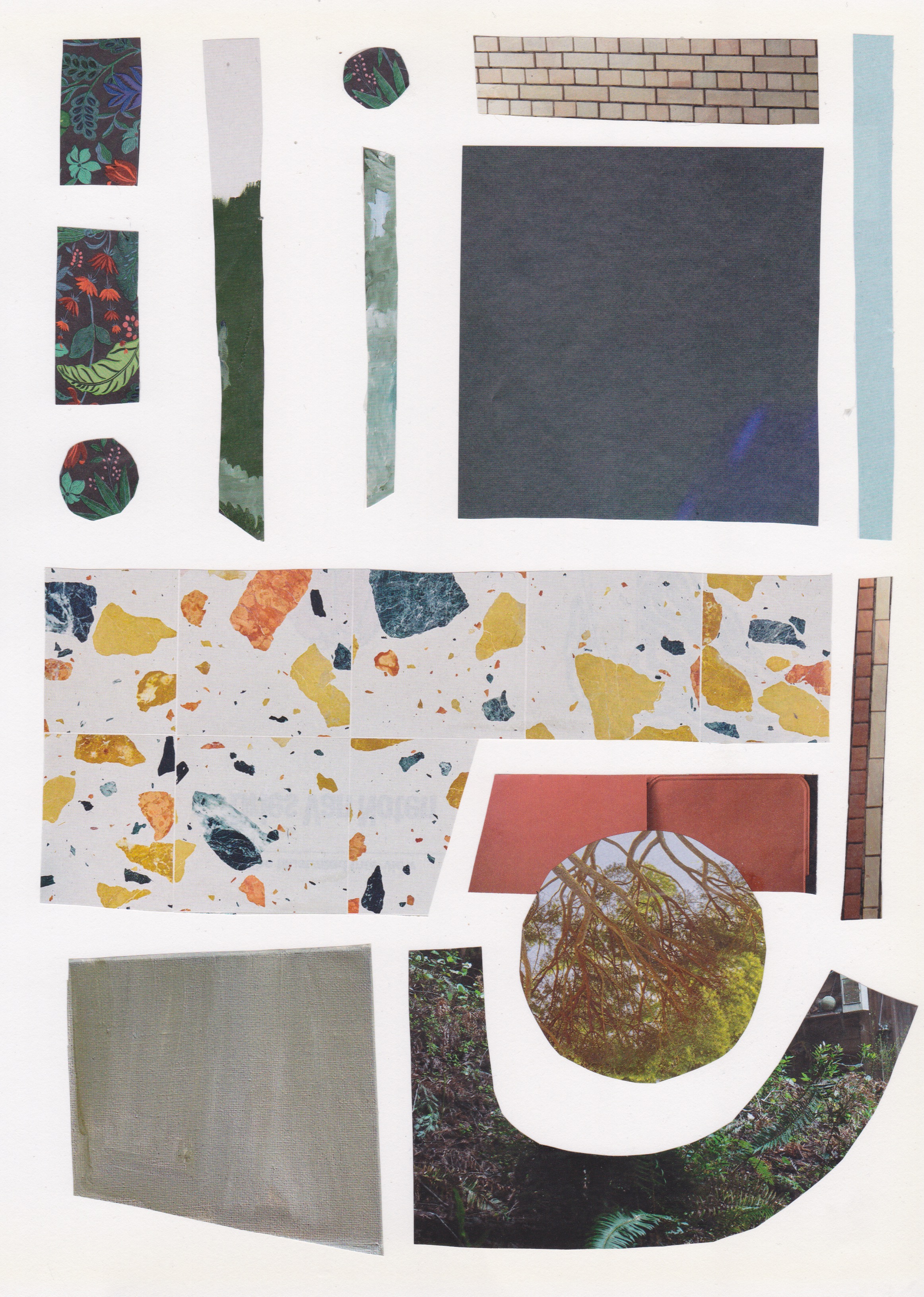
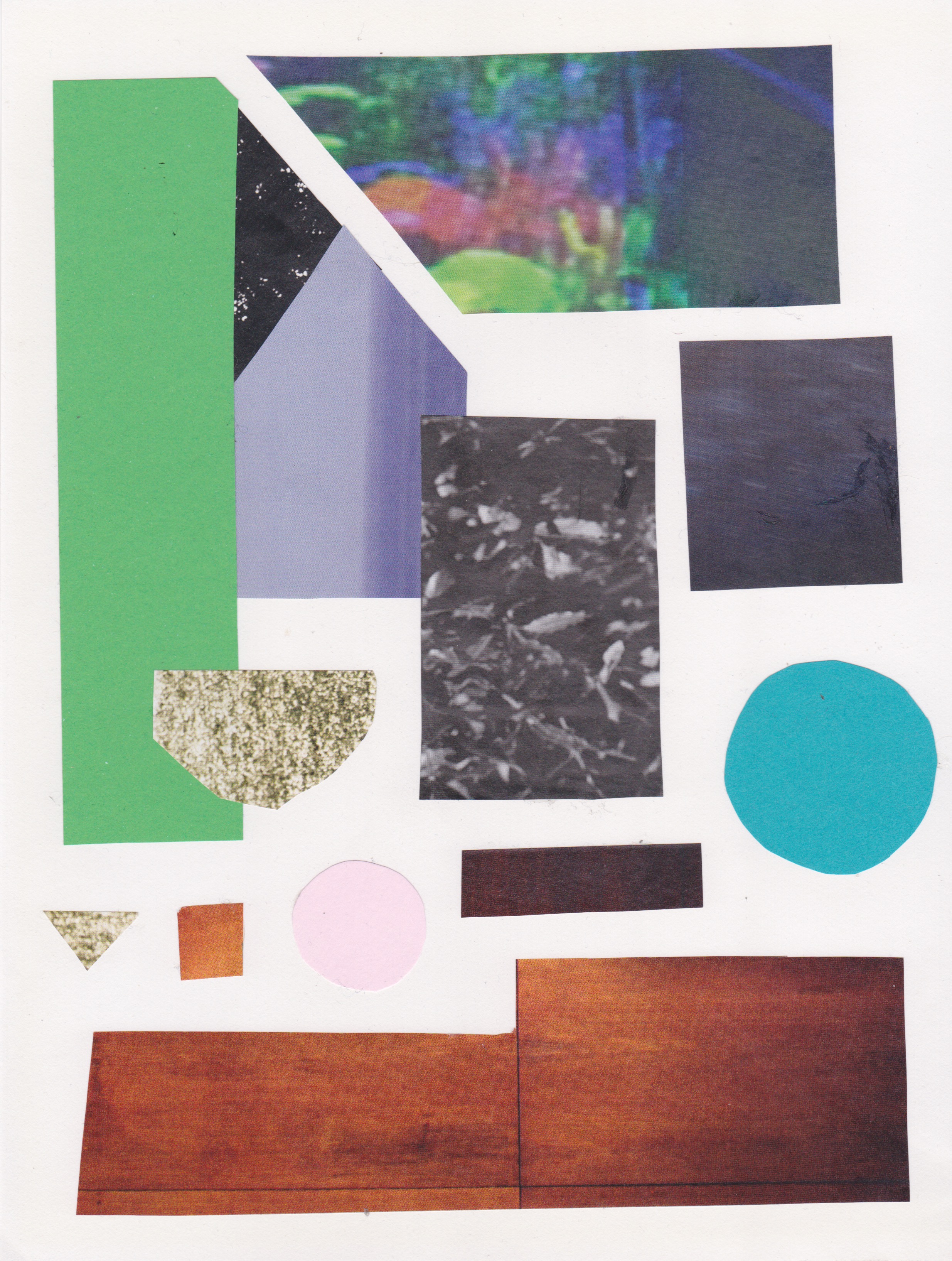
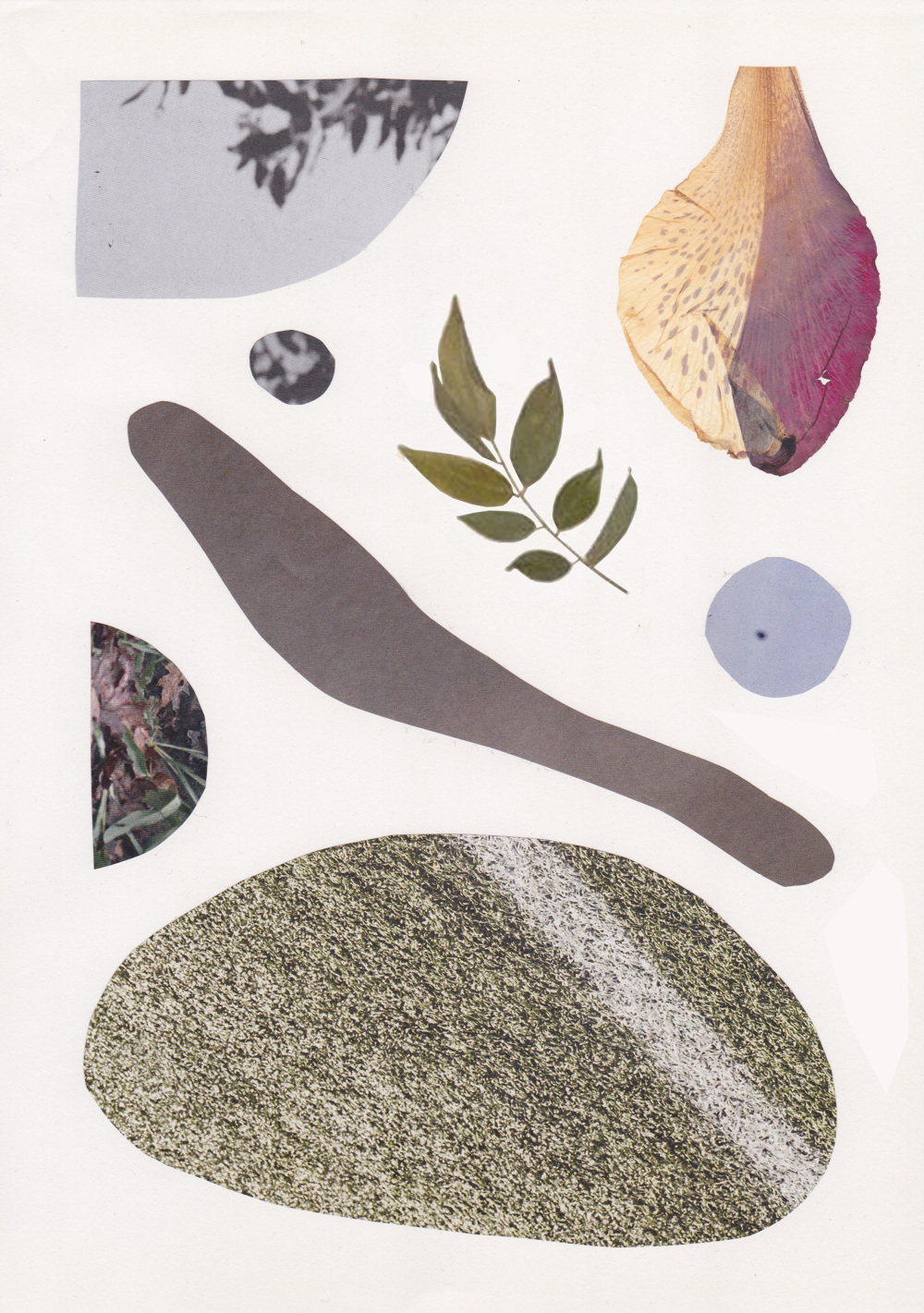
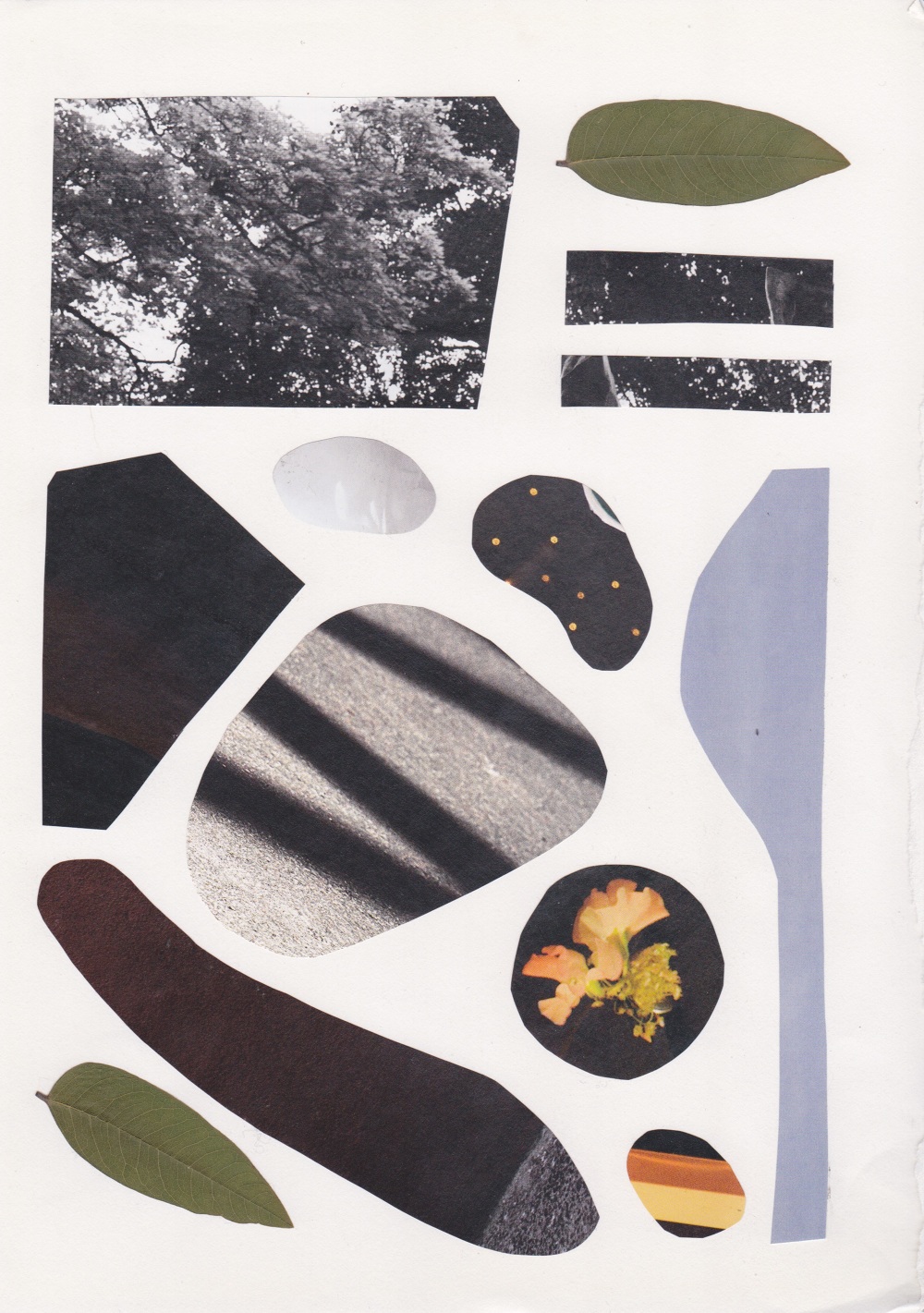
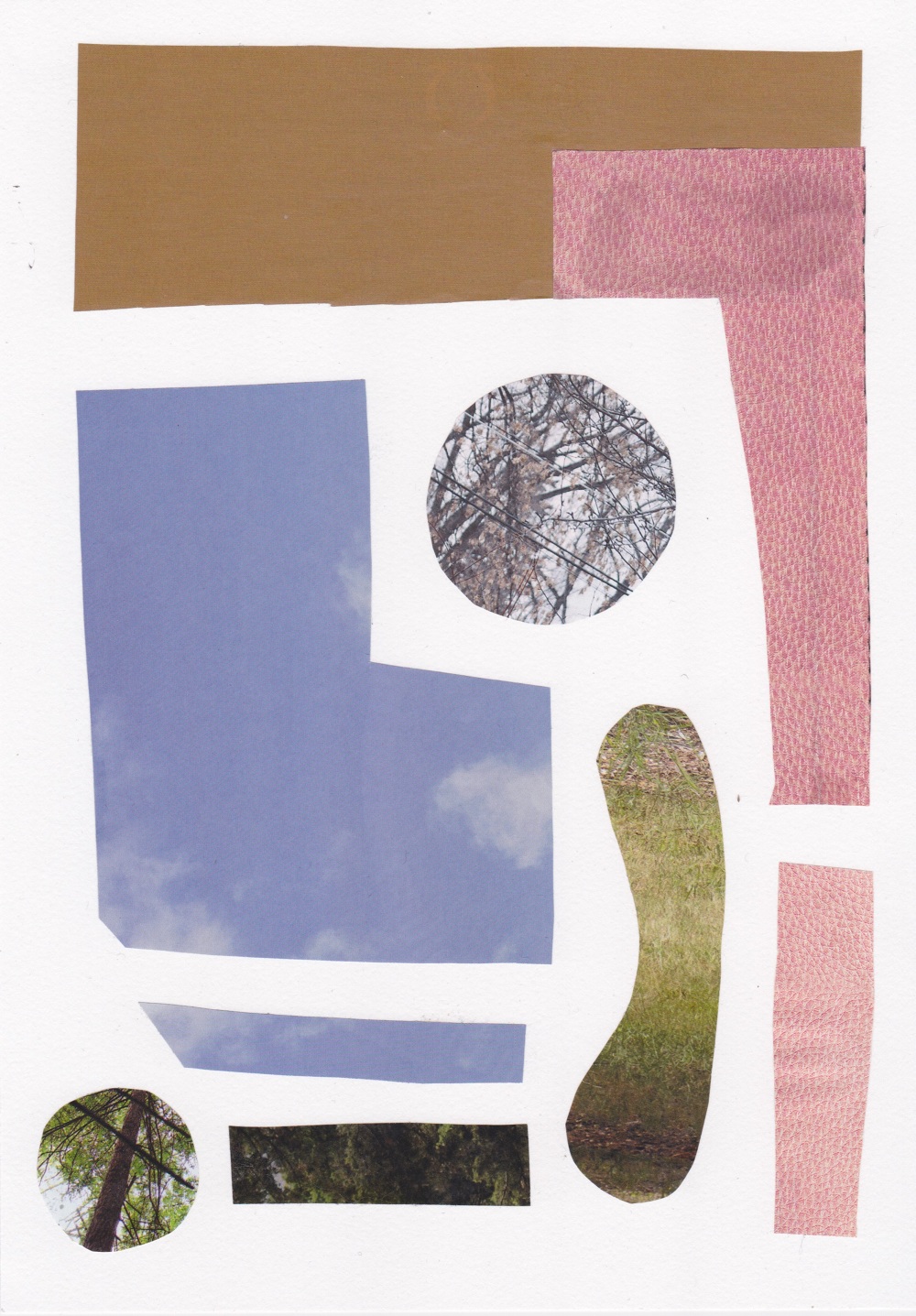
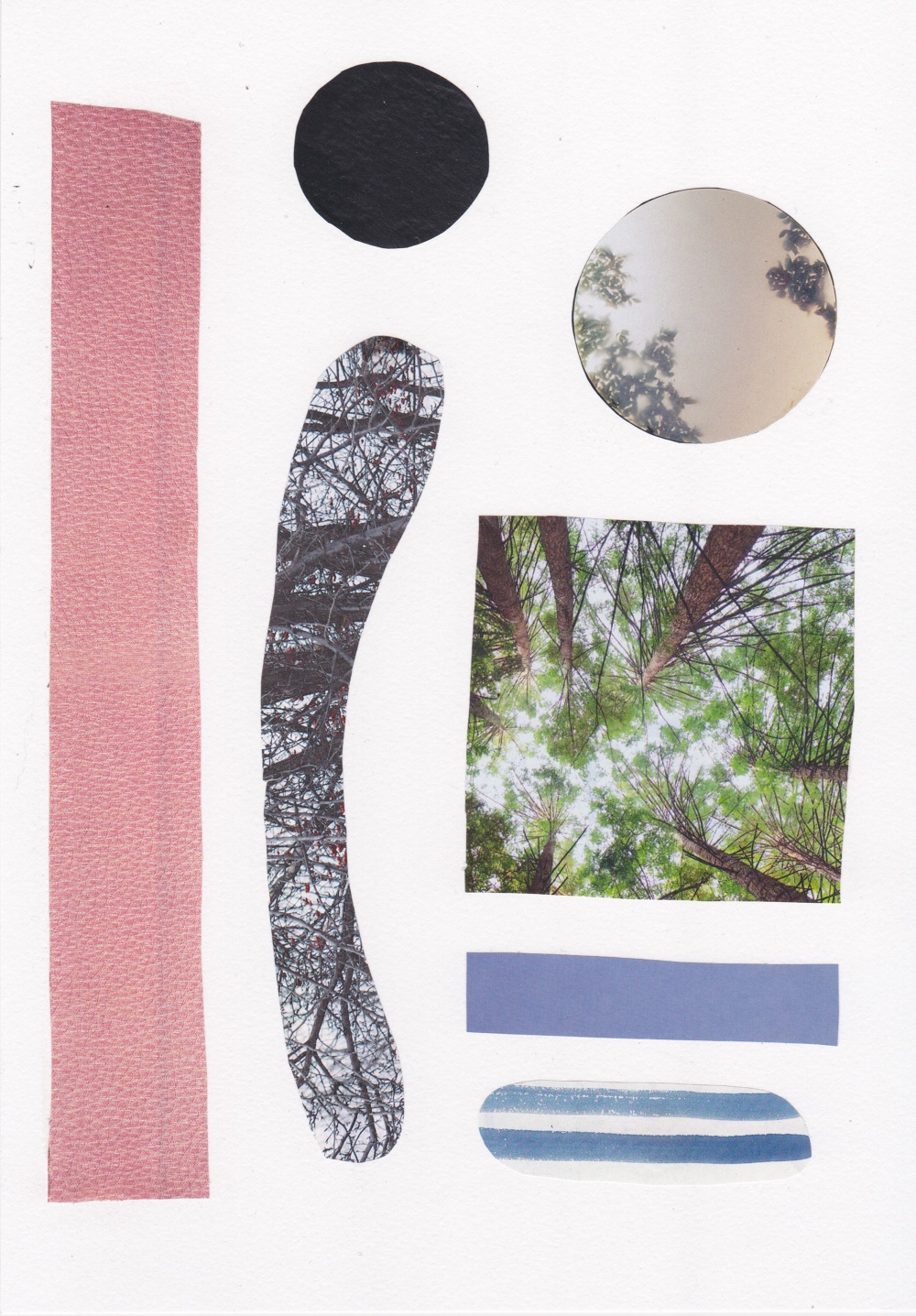
ACADEMIA
LORENA GARCIA teaches across all undergraduate and graduate years levels working with students
on projects focus in fundamentals of design, ecology, resilient landscapes, climate change,
and intersections between art and landscape architecture.
Lecturer at Landscape Architecture Department, College of Environmental Design, Cal Poly Pomona
Profesora invitada ar DMAD, Madrid, Universidad Nebrija de Madrid
For more info visit https://portfolium.com/LorenaGarcia21
COURSES
LANDSCAPE ARCHITECTURE DEPARTMENT, COLLEGE of
ENVIRONMENTAL DESING, CAL POLY POMONA
- Fall 2022: LA 4782 Evolving Issues: International Studio Abraod,Italy
- Fall 2022: LA 4873 International Practice. International Studio Abraod, Italy
- Spring 2022: LA2121L_Ecology Design
- Spring 2022: LA3121L_Gathering aroung Silver Lake Reservoi
- Fall 2021: LA1111L_Figure and Ground
- Spring 2021: LA1121L Topographic Form
- Fall 2020: LA1111L Figure and Ground
- Spring 2020: LA1121L Topographic Form
- Fall 2019: LA1111L Figure and Ground
- Spring 2019: LA3121L Gathering around Silver Lake Reservoir
- Spring 2018: LA3121L BREAKING LOTS Transforming parking lots
on public spaces and sustainable systems.
OTHER COURSES
- Spring 2020, Fall 2020, Spring 2021, Fall 2021: Spanish language in Landscape Architecture.
DMAD- SCHOOL OF DESIGN, UNIVERSIDAD NEBRIJA, MADRID
- Dic 2022: Modulo Paisajismo, Master en Global Design, Dmad, Madrid, Sp
- July 2022: Geometria Diferente, Dmad, Madrid, SP
- Jun 2022: Modulo Paisajismo, Master en Global Design, Dmad, Madrid, Sp
- March 2021: Geometria Diferente, Dmad, Madrid, SP
- May 2021: Modulo Paisajismo, Master en Global Design, Dmad, Madrid, Sp
- May 2021: Geometria Diferente, Dmad, Madrid, SP
- January 2021: Geometria Diferente, Dmad, Madrid, SP
- December 2019: Geometria Diferente, Dmad, Madrid, SP
- December 2018: Geometrias Diferentes, Dmad, Madrid, SP
ECOLOGY DESIGN LABORATORY
Spring 2022
2rd year studio-2019
Landscape Architecture Department
College of Enviromental Design
Cal Poly Pomona, CA
https://env.cpp.edu/la/la
LA 2121L is an applied studio design course that integrates design foundations with plants and ecology within a
framework of landscape architectural design methods and processes. This course will address aesthetic
considerations and technical methods associated with utilizing plants and ecology as the basis for design.
This course will explore plants and ecology as a strategic framework for design and as a series of site-scaled
decisions. As strategy, this course will explore concepts of sustainability, resilience and succession and their
influence on ecological design practices and landscape management. At the site-scale, this course will explore
plant selection and planting design in a series of particular applications as it influences performance, use and
experience including the perceptions of space, wildlife habitat and individual and public health. Additionally, this
course will address the basic horticultural and site design needs of planting and the policies and procedures that
guide those decisions within the public realm.
PROJECTS_
1. Tiny Landscapes
2.Gardens of Varietation
3. Site Analysis
4. Conceptual Site Design
5. Planting Design
1. Tiny Landscapes
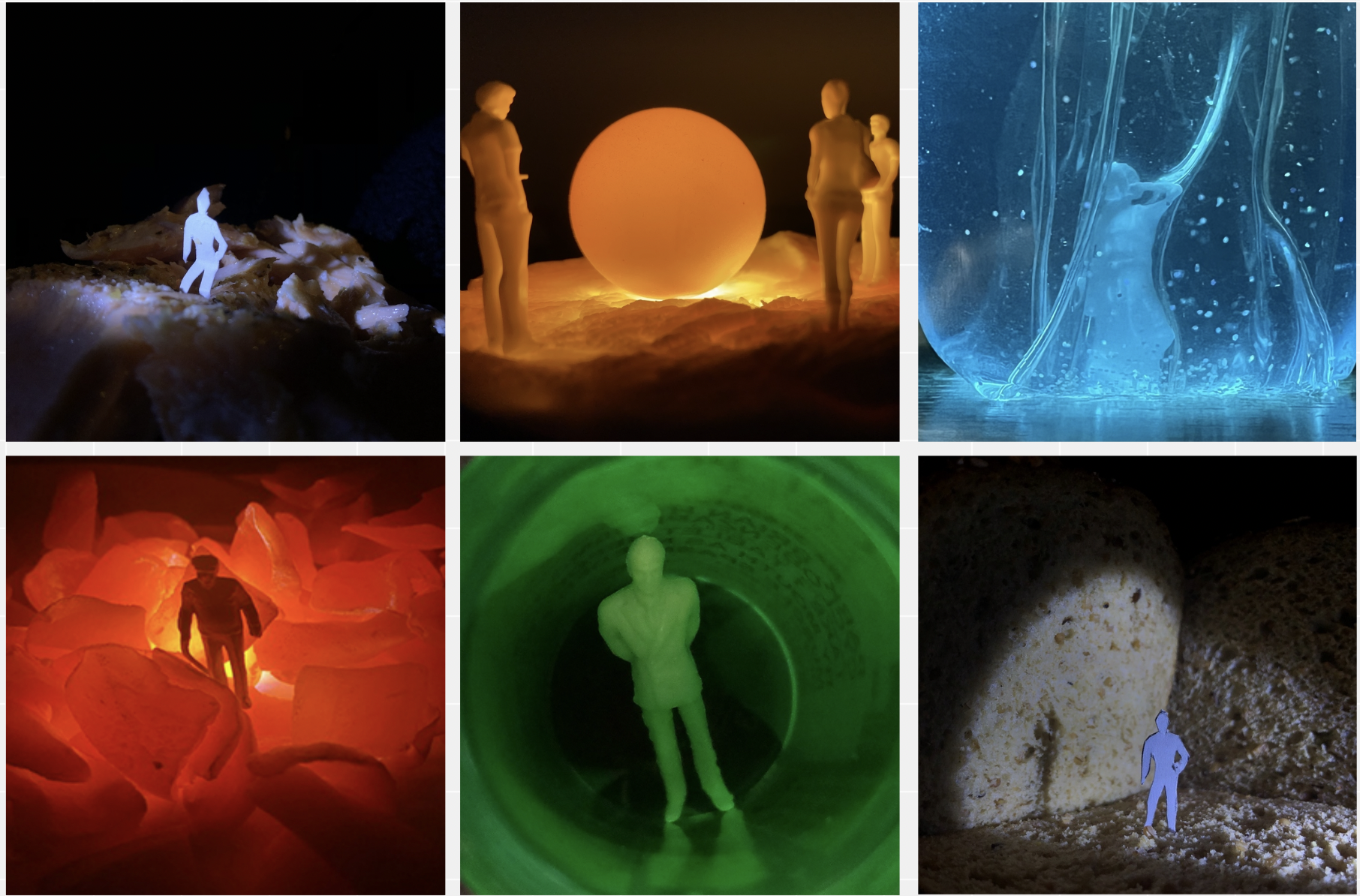
5. Planting Design



Figure and Ground
Fall 2019, Fall 2020, Fall 2021
1st year studio, coordinated by Rennie Tang and Nina Briggs
Landscape Architecture Department
College of Enviromental Design
Cal Poly Pomona, CA
https://env.cpp.edu/la/la

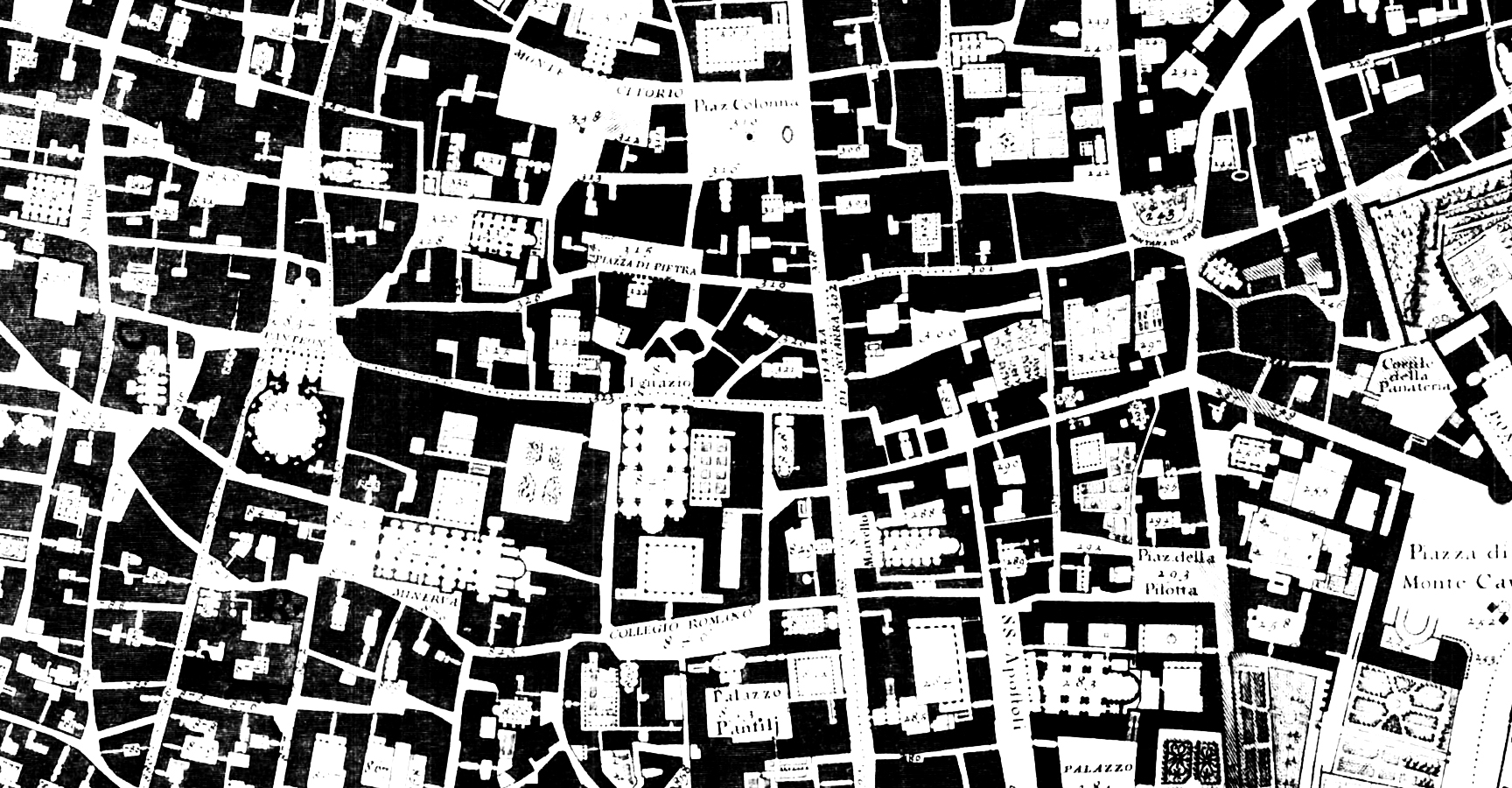
Fundamental concepts in design and their connection to the discipline of Landscape Architecture.
Emphasis on creative investigation of space and form in relationship to the human scale.
Investigations entail hands-on projects that engage students with the foundational disccourse
of Landscape Architecture.
Projects:
TextScape
To understand figure-ground as a fundamental compositional tool in landscape design, students apply the concepts
of syntax and narrative in a figure-ground composition and learn some basic graphic tools in Photoshop and
InDesign. At a basic spatial design level, learning how to manipulate figure-ground relationships enables
us to guide visual perception which in turn affects people’s experience of a place. This is a fundamental skill
for a landscape designer who strives to enhance human experiences through the shaping of space.
Students research the etymology of theirfirst and last names, write a narrative, and craft photographic figure-ground
compositions of their initials - a syntax of representation and meaning.
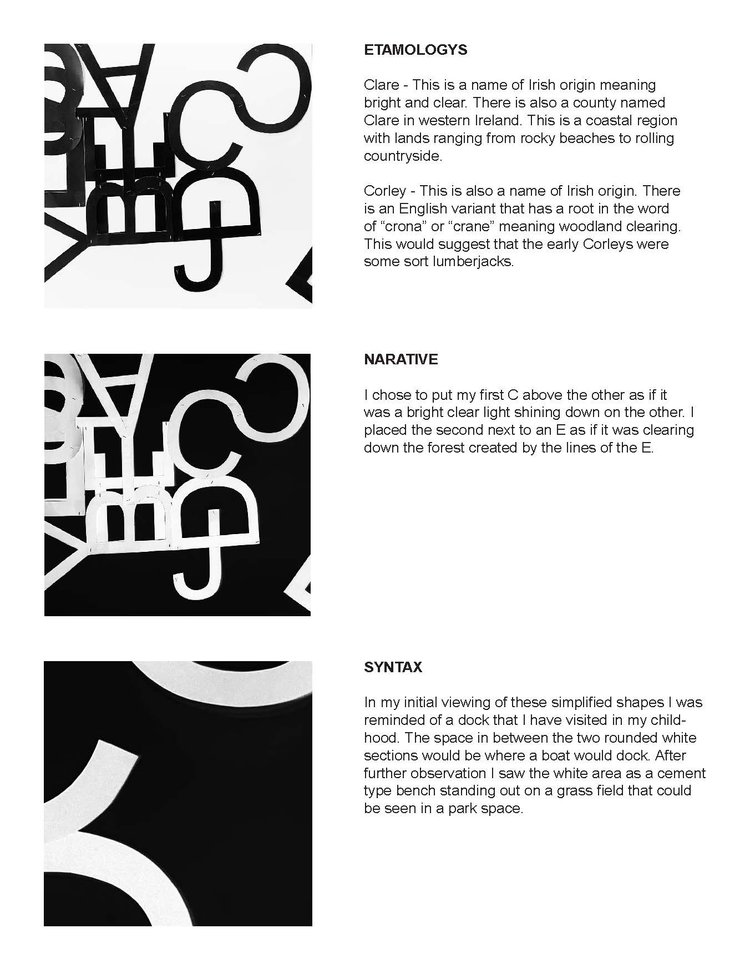
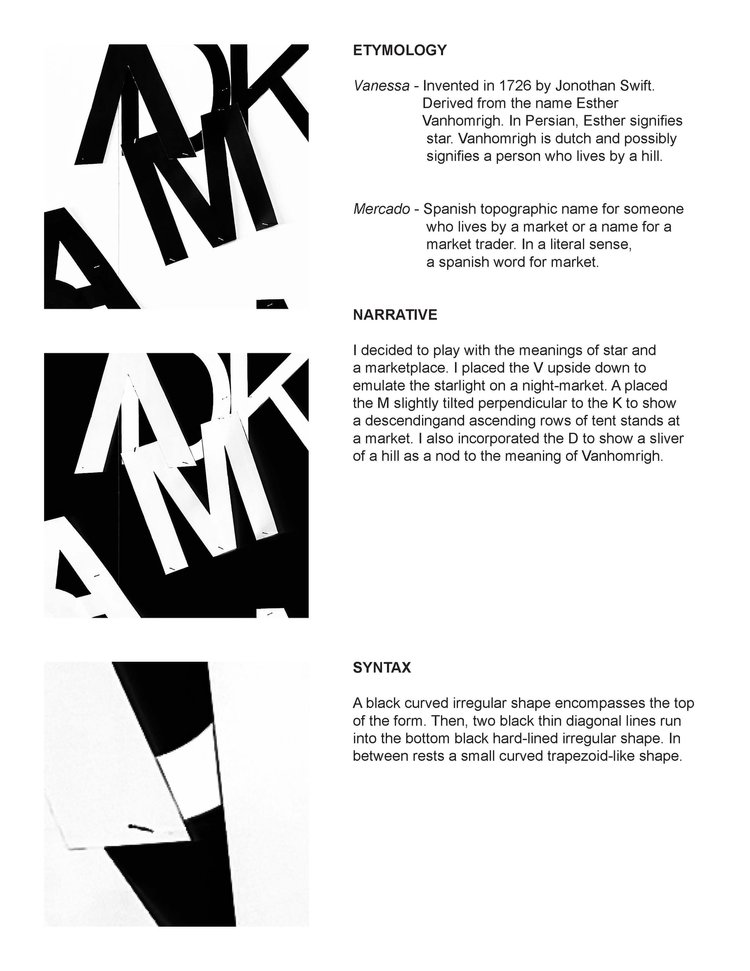
TreeScape
Students get to know their assigned campus tree - its species, base of the trunk, roots (if visible), trunk, branches,
leaves and canopy - to understand the TEXTURAL qualities of the tree. By exploring the textures, using all senses:
touching, hearing, smelling, tasting, moving - students experience the tree from all directions and viewpoints
while photographing and sketching it and thsurrounding context. Listening to the tree, students create the tree’s
sonic profile and translate to texture drawing with charcoal- figure-ground compositions - considering
balance and proportion. The tree’s identity is further explored (family, foliage type mature height,
mature spread, light exposure, soil preference, shape and bark), as well as its culture (geographic origins,
cultural associations, culinary or medicinal uses, cultural or indigenous traditions and any notable characteristics)
- culminating in a graphic booklet.
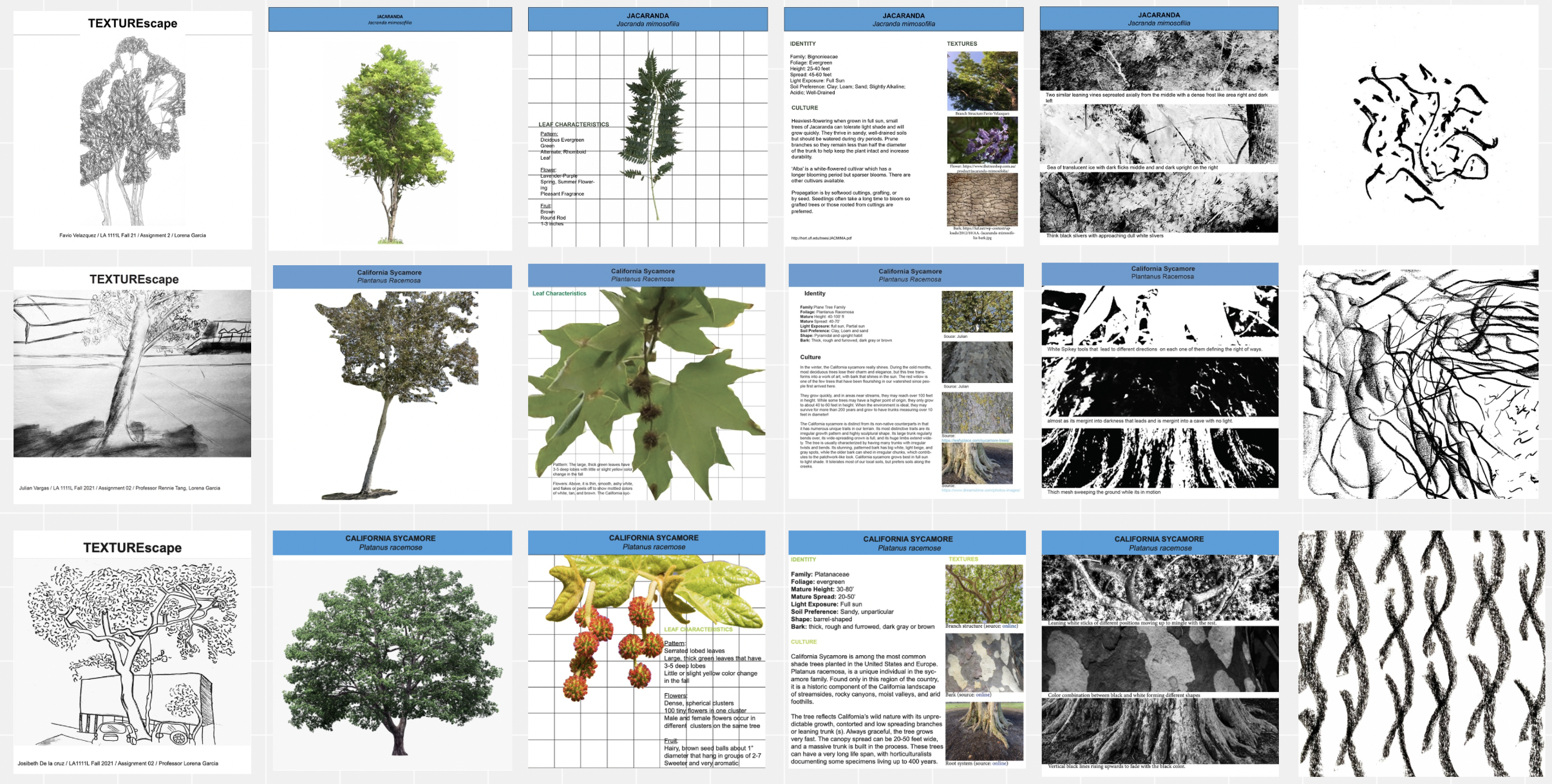
Topographic Form
Spring 2020, Spring 2021
1st year studio, coordinated by Rennie Tang and Nina Briggs
Landscape Architecture Department
College of Enviromental Design
Cal Poly Pomona, CA
https://env.cpp.edu/la/la



LA1121L is the second course within the lower division design sequence. This studio focuses
on the generation of topographic form using a variety of different modeling techniques and
materials. Using an iterative process, we observe and record patterns in the landscape, then
investigate how to translate these patterns into physical form. Investigations emphasize
the generation of 2D and 3D form through spatial operations that are controlled by a
combination of digital and analog tools. Abstract topographic constructs serve as an
introduction to landform, how it guides water flow and how it can be manipulated to create
strong visual, performative, and experiential effects.
“The land we inhabit is an accumulation of past events we can make visible by means of landscape
architecture… It assumes that we think of the discipline of landscape architecture as involving
not only the planting of certain forms of flora or the shaping of geography toward scenic ends
but also the acts of digging, naming, articulating, and otherwise clarifying what already exists.”
– Aaron Betsky -
Occupy Space Unit (OSU)-
Fall 20191st year studio, coordinated by Rennie Tang and Nina Briggs
Landscape Architecture Department
College of Enviromental Design
Cal Poly Pomona, CA
https://env.cpp.edu/la/la
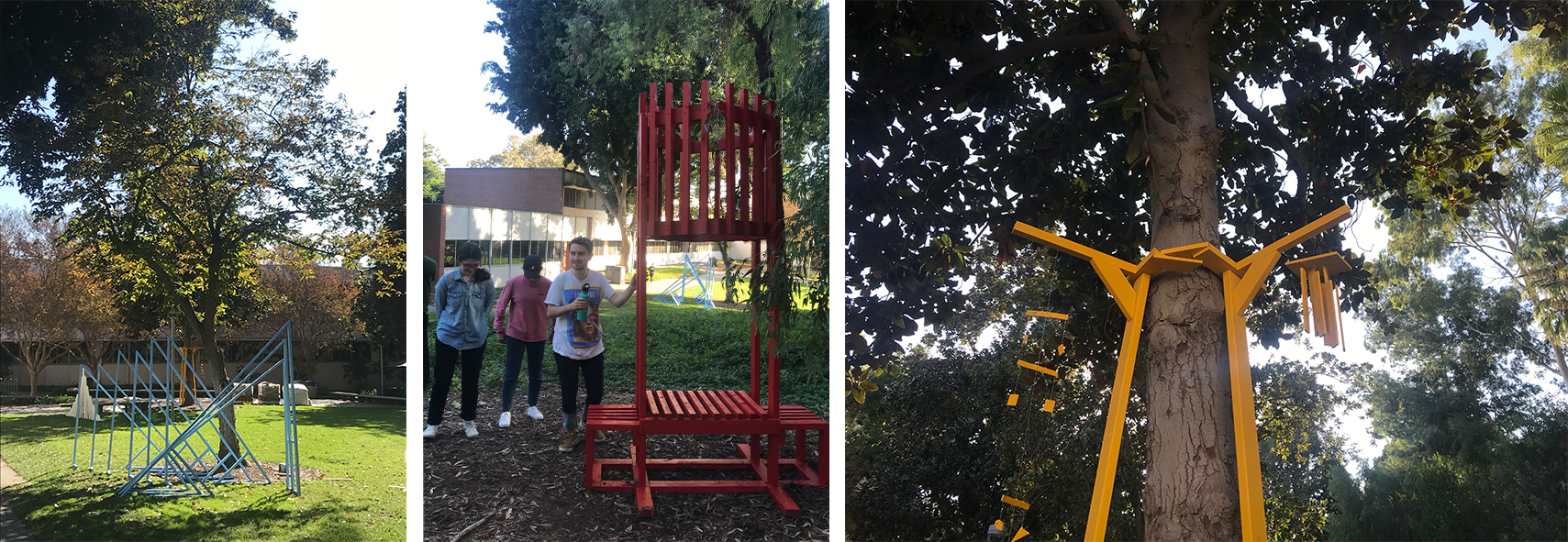
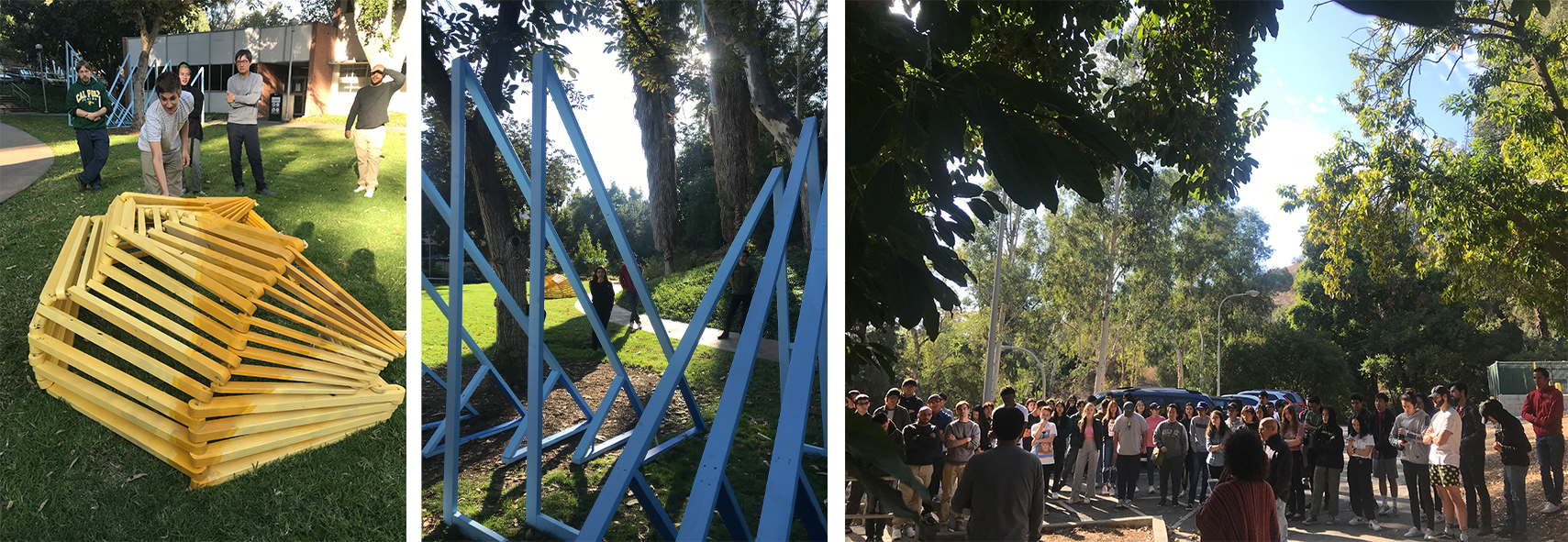
Occupied Spatial Unit (OSU) is an abstract spatial construction that can be occupied
and/or activated by people moving through it or pausing within it. Its purpose is to
invite people to experience the landscape in different, perhaps even unexpected or
surprising ways, using COLOR in specific ways as driven by site analysis conclusions.
During this phase of the project students will be constructing their OSU on site.